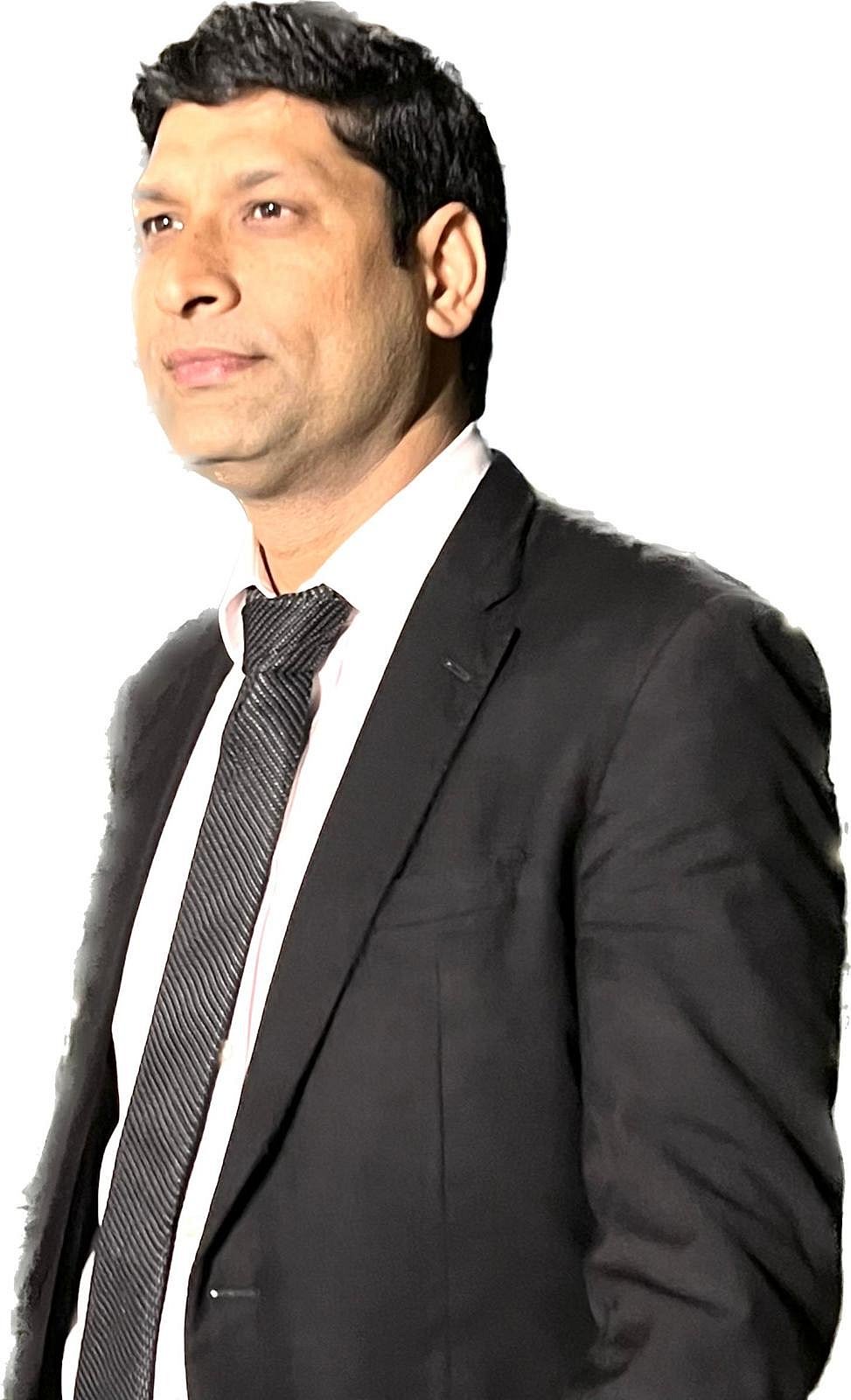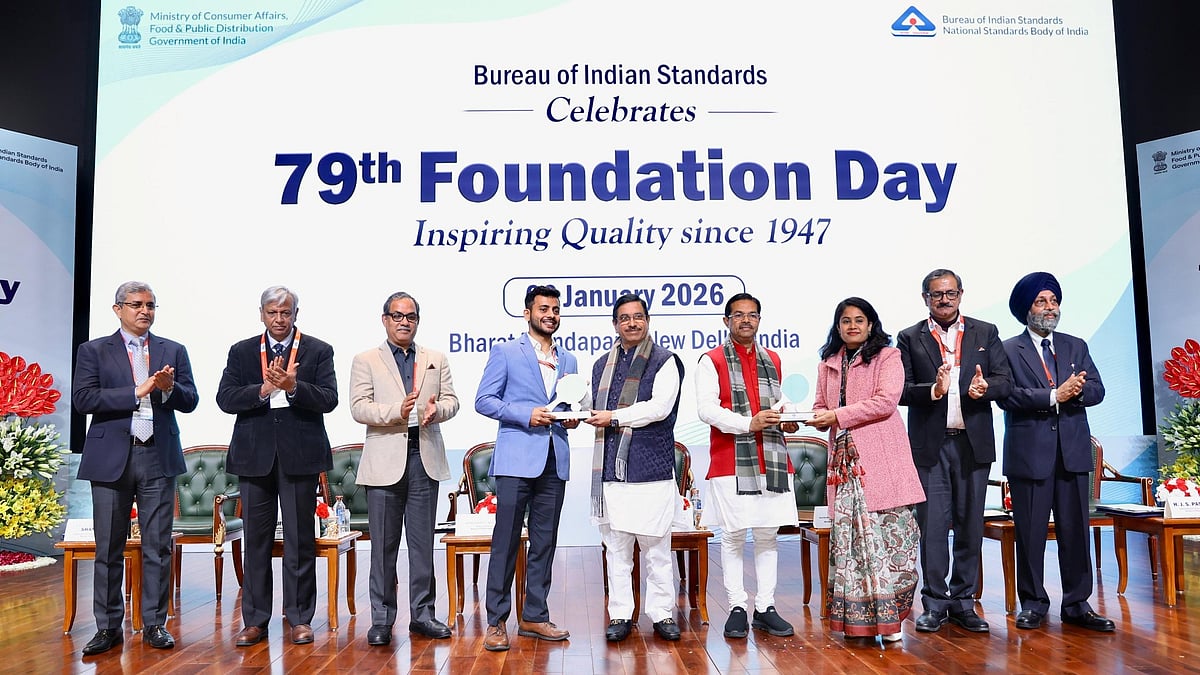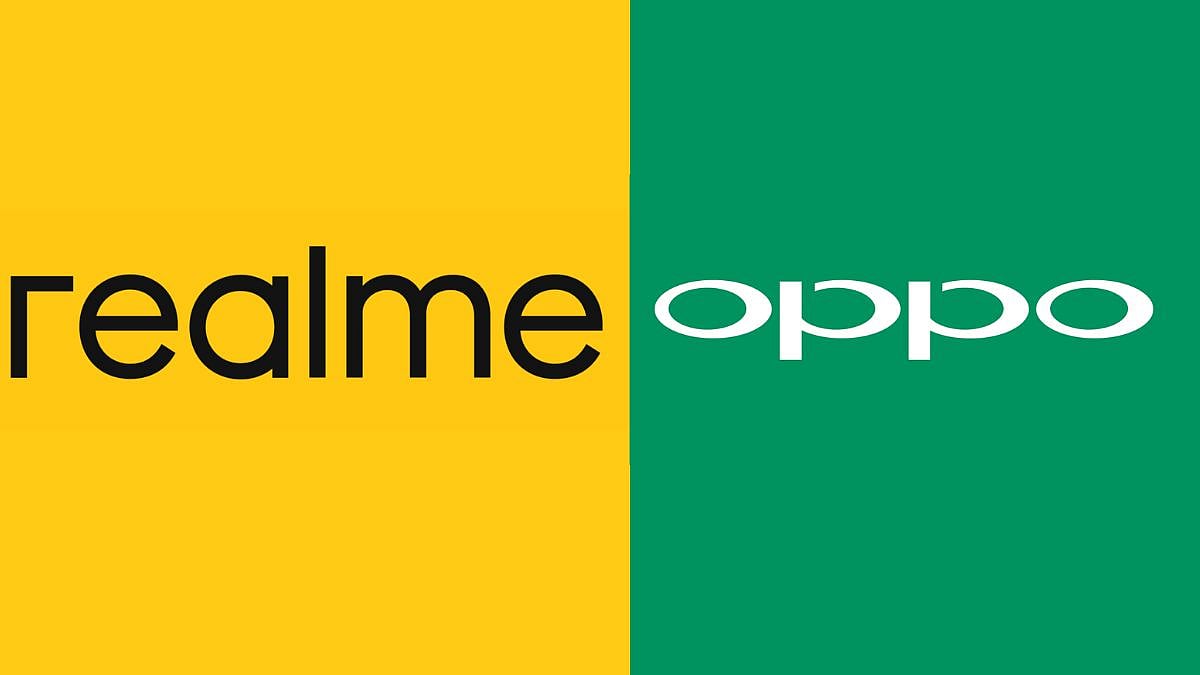In recent years, the rise of deepfake technology has ushered in a new era of deception, blurring the lines between reality and fiction. From fabricated political speeches to manipulated videos of public figures, the implications of deepfakes extend far beyond mere entertainment. recent events, including the circulation of a viral video featuring Rashmika Mandanna, Pepsi India's use of a deepfake portraying Bollywood actor Salman Khan in a commercial, and Zomato's incorporation of a deepfake featuring Bollywood actor Hrithik Roshan, serve as stark reminders of the alarming authenticity that deepfaketechnology has achieved. These incidents underscore the palpable danger it poses to society, illuminating the urgent need to address the escalating impact of synthetic media on our perception of reality.
The gravity of this issue cannot be overstated, as we find ourselves standing at the crossroads of a technological marvel and a potential societal catastrophe.
The Art of Deception: Unraveling the Advanced Nature of Deepfakes
What makes deepfakes particularly insidious is the sophistication with which they can mimic reality. Cutting-edge algorithms analyze and replicate intricate facial expressions, voice tones, and body language, making it nearly impossible to discern authentic content from its synthetic counterpart with the naked eye. Deepfakes are created using artificial intelligence (AI) and machine learning techniques. AI algorithms are trained on large datasets of images and videos, and then used to generate new images and videos that are indistinguishable from real ones.
Deepfake technology has become increasingly sophisticated in recent years. In the past, deepfakes were often easy to spot due to unrealistic facial expressions, movements, and lighting. However, newer deepfake algorithms are able to generate videos that are virtually indistinguishable from real ones.
Blessing and Curse: The Dual Nature of Deepfake Technology
Deepfake technology presents a paradoxical scenario for humanity. On one hand, it offers innovative possibilities for entertainment, filmmaking, and other creative endeavors. On the other, it poses a grave threat to the integrity of information and the trust we place in what we see and hear. Striking a delicate balance between harnessing its potential and mitigating its risks is paramount for the responsible evolution of this technology.
Guarding Against Deception: How to Protect Yourself
To protect ourselves from the dangers of deepfakes, the public must adopt a vigilant mindset. Start by assuming that what you see or hear is not necessarily true. Verify information from multiple sources, be cautious of sensational content, and fact-check before accepting information as genuine. Here are things,individuals can adopt to fortify themselves against the deceptive allure of synthetic media
● Be critical of the content that you see online. Don't just believe everything you see, even if it comes from a trusted source.
● Be careful about what information you share. Avoid sharing personal information or photos and videos online.
● Use strong passwords and enable two-factor authentication on all of your online accounts.
● Be aware of the latest scams and phishing attempts.
People can also do this by asking themselves the following questions:
● Who created the content?
● What is the purpose of the content?
● Is the content biased or misleading?
● Is there any evidence to support the claims made in the content?
If people are unsure about the authenticity of a piece of content, they should err on the side of caution and not share it.
What the Government Can Do?: The Need for New Laws and Regulations
Governments must play a proactive role in safeguarding their citizens from the malicious use of deepfake technology. Implementing stringent laws and regulations, allocating resources for specialized units within law enforcement, and investing in advanced technologies to detect and combat deepfakes are essential steps. Mass education campaigns can raise awareness about the risks and empower citizens to identify and report potential instances of synthetic manipulation.
Tech Companies' Responsibility: Developing Advanced Countermeasures
Tech companies, at the forefront of innovation, bear a significant responsibility in the fight against deepfakes. Investing in the development of advanced detection technologies is imperative. Creating user-friendly tools that make it easy for the masses to discern between authentic and manipulated content will be a crucial step forward. By doubling down on countermeasure technologies, the tech industry can play a pivotal role in mitigating the impact of deepfake deception.
Multiple companies, including Signum AI, Sensity, Sentinel, and Quantum Integrity, are working diligently to develop advanced deepfake detection algorithms. Social media companies should also invest heavily in this technology and integrate it into their platforms.
Conclusion
Deepfake technology is a powerful tool that can be used for both good and evil. It is important for individuals, the government, and tech companies to work together to protect people from the dangers of deepfakes.
Any advance tech such as deepfake can only be defeated by similar advance tech. Our best bet would be to double down on the tech that can easily detect these contents in realtime and make it so easy to use so that it is available to masses to use in same was where its very easy these days.
Authored by- Vinod K Singh, Serial Entrepreneur, Tech Visionary & Advisor








